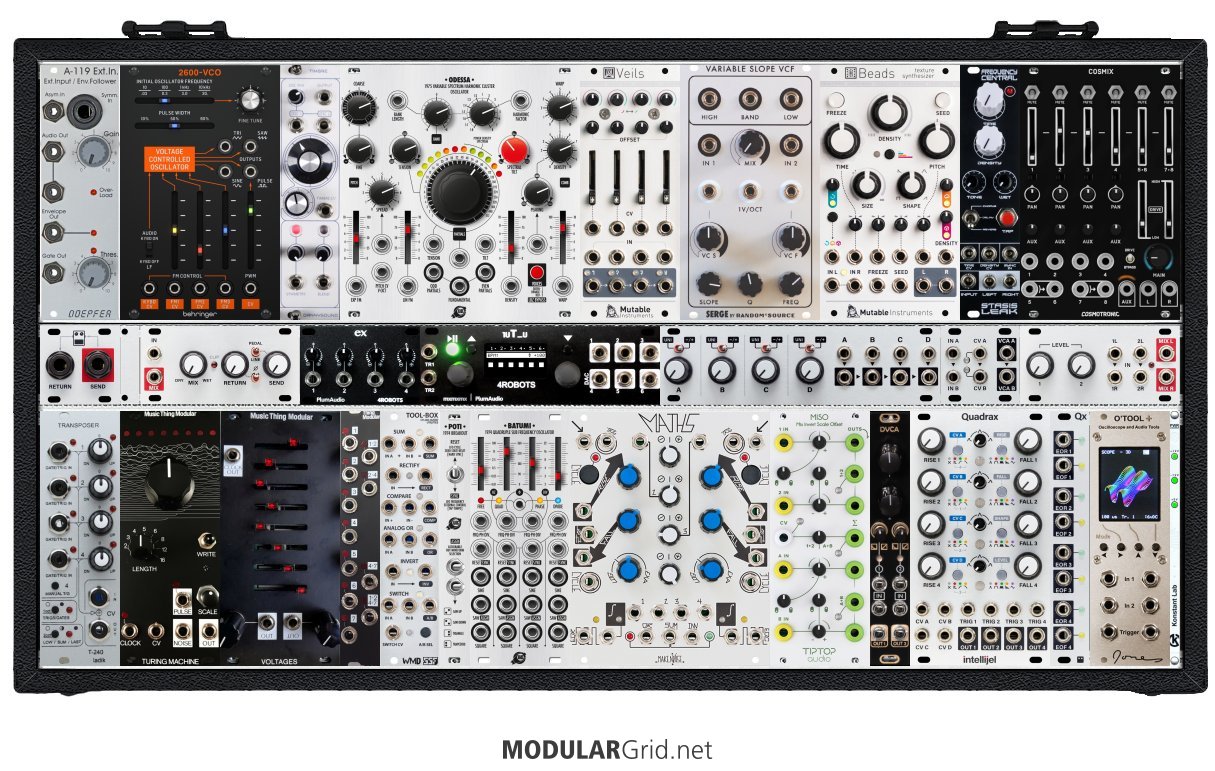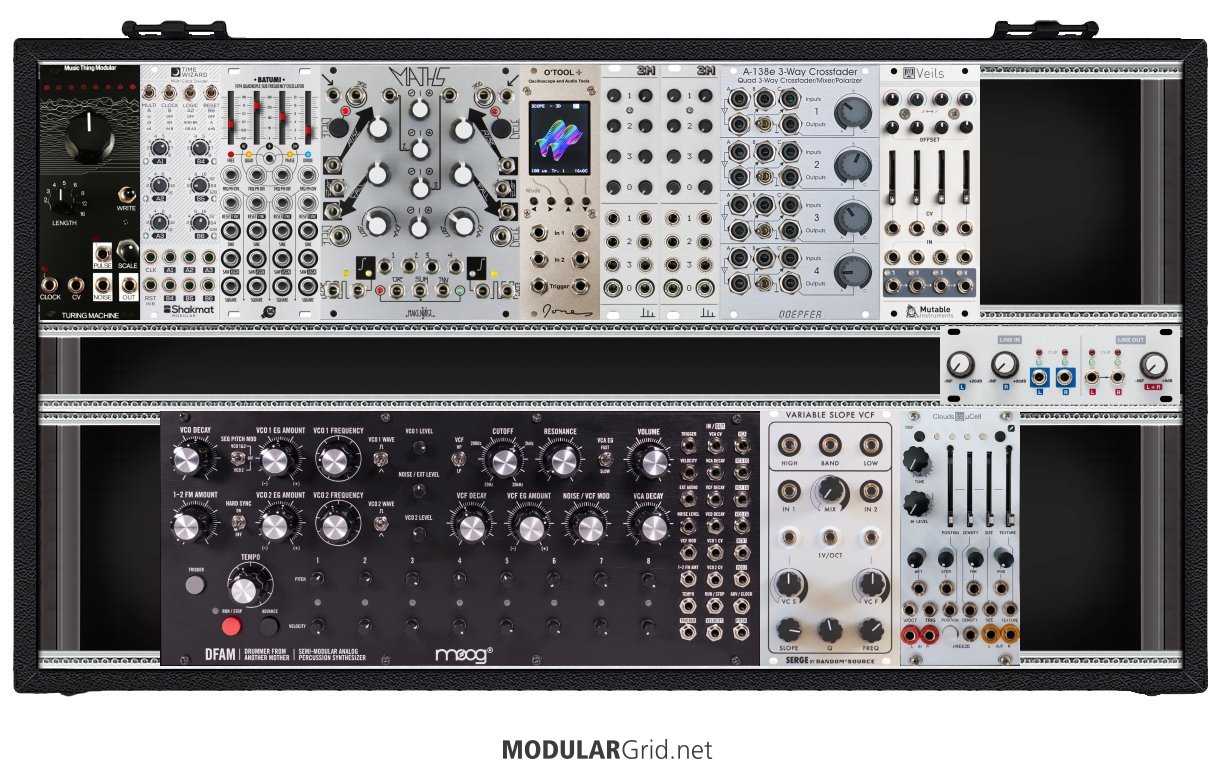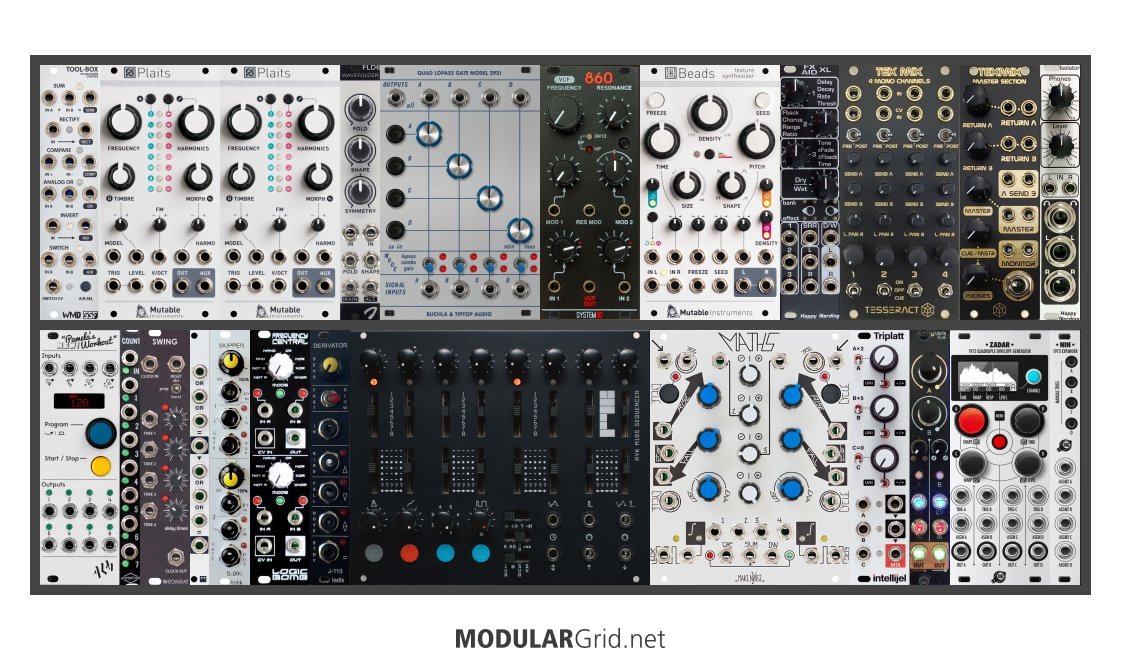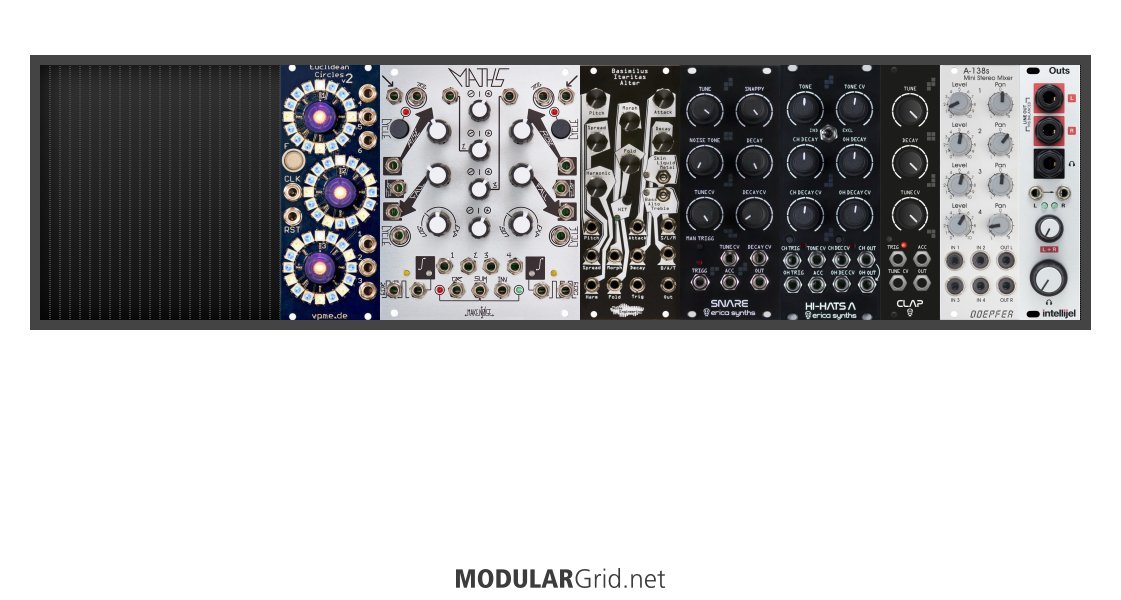
Hi hope you'll see the rig.
It seems I can do kind of generatives/random patches with my setup,
But recently, most of tims I've encountered issues with uncotrolled pitches which are to highs.
I don't really know where it comes from and how to fix this.
I'm a bit of EGO, meaning I often prefer to understand alone. But I admit with modular I have to wath some videos to understand better.
However sometimes has everyones got differents needs, or something's specific, I don't often have the time nor the vids that explains to me how to do what I have in mind.
So, sorry for the question.
What is the most common mistake that can lead you to have too much high pitches (notes, octaves, too high in frequencies)?
I understand it depends.. :)
I'm not still able to detail my patch. :)
So I chose, for randomness, generative modules :
Behringer 1036, (Dual sample and hold, random voltage)
Klavis Logica XT (Logic module)
An equivalent of the Arturia keystep 37 as keyboard sequencer.
A functions's generator,
Multiples,
A 'cv tools', Attenuverters, offset generator, mixer/Splitter
Owner of a subharmonicon from Moog. (Here I can say that two vco of the moog goes in the random voltage, Behringer 1036.)
To alternate with the first VCO.
The main Oscillator (Here I can say I try octaves
at lower trying to Chase those to high pitches, but can't really)
As well my Filter+VCA even the cutoff at lower the pitches stays high.
LFO'S ???
I still have not all the modules to go Generative, I already took a look what I need and how to expand or swap my actual rig.
Ok 'verbal'. So sorry.
Though I'm on session now.
Then I'll try to post the thing on soundcloud.
Thanks.

